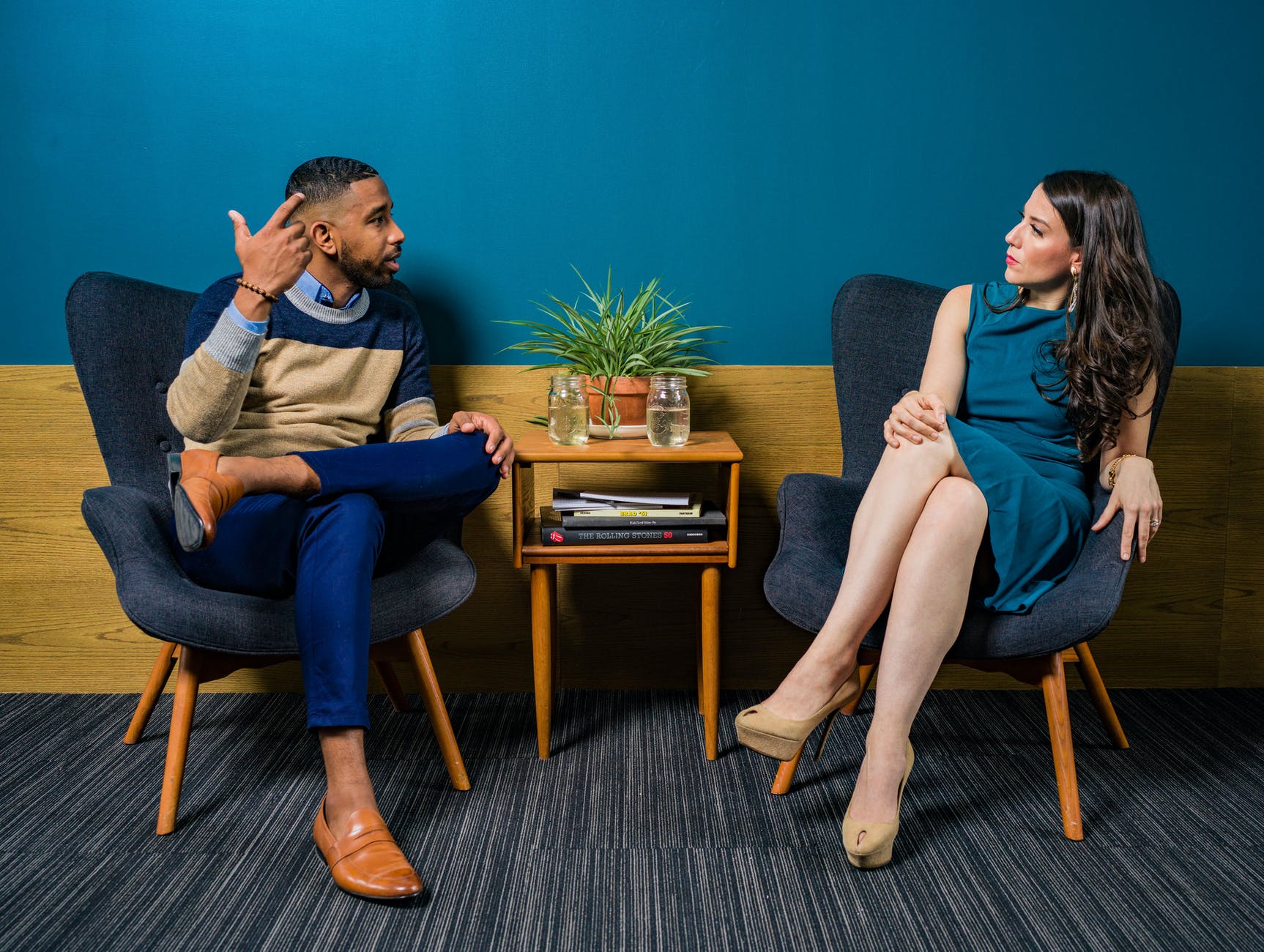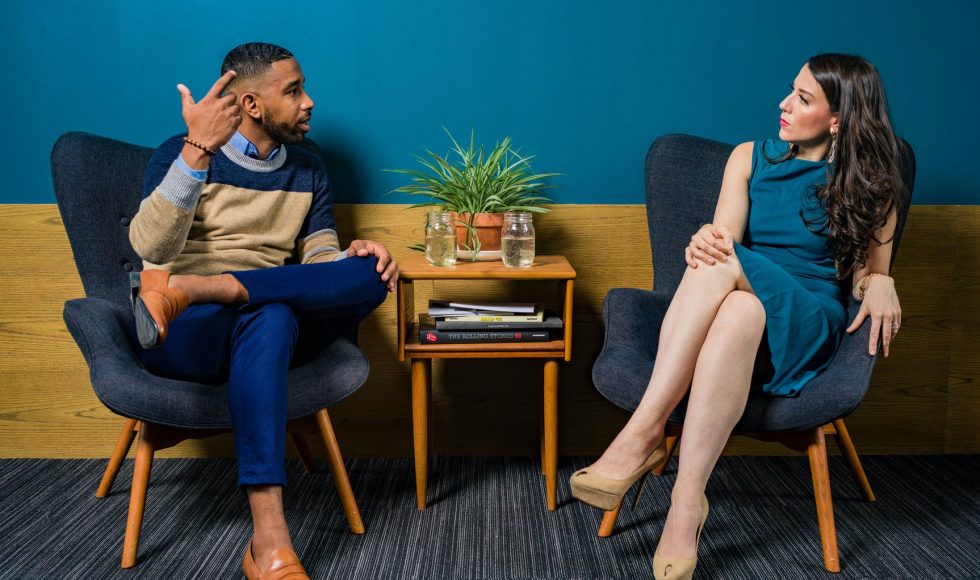Continuing with the CAST UDL Symposium, tonight I watched the session “Interrupting Inequitable Schooling: Creating Brave Spaces for Critical Dialogue about Race” by Carla-Ann Brown, D’Annette Mullen, & Ashley Pennypacker Hill. Pennypacker began by describing the evolution of their K-12 developmental research school in Florida. In 2017, the administration shifted to restorative practices, and in 2018 student and family services engaged in a book study on restorative practices. In 2020 it became a faculty-wide restorative practices professional learning project. Pennypacker Hill shared an email from a member of the Racial Equity Council and a person of color asking for affinity groups and not feeling comfortable sharing with all colleagues. This prompted the group to reconsider the approach. Mullen shared the vision and long-term and short-term goals for the equity journey. In 2020, they created brave spaces for critical conversations with colleagues and peers. The affinity workshops had the goal of starting conversations in groups and then with the community. Mullen also spoke about creating surveys and facilitating conversations. The affinity groups were created based on their level of experience. Brown spoke about the work of cohorts in 2021. In 2021 they created four different cohorts: analyzing the curriculum, reflection through literature and/or media, how to facilitate critical conversations, and analyzing internal systems through an equity lens. Brown described how they reflected on the 2022 Super Bowl Performance. One participant expressed the desire to learn about having these conversations with students and teachers.
Pennypacker shared feedback from their cohort participants (2021 school year). people appreciated the space, though they mentioned the time limitations: groups met after school. Brown explained that Zoom allowed some to disengage. Mullen shared that they noticed the work of these groups had: flexibility and reflection, continuous criticality, and a significant investment of time. In addition, it took the vulnerability of all involved, including facilitators. Reflecting on the program, Mullen shared that some did not feel comfortable. Pennypacker Hill said that one of the biggest takeaways was: the comfortability of who we are centering. Brown stressed the difficulty of grappling with political changes in their state while trying to do this work. During the question session, one participant asked about sharing the framework so that other schools could attempt it. The response was thought-provoking: a playbook would not work for all because the people involved are coming from different places. Brown talked about how to teach history and be true to themselves while also knowing and acknowledging the political situation.



